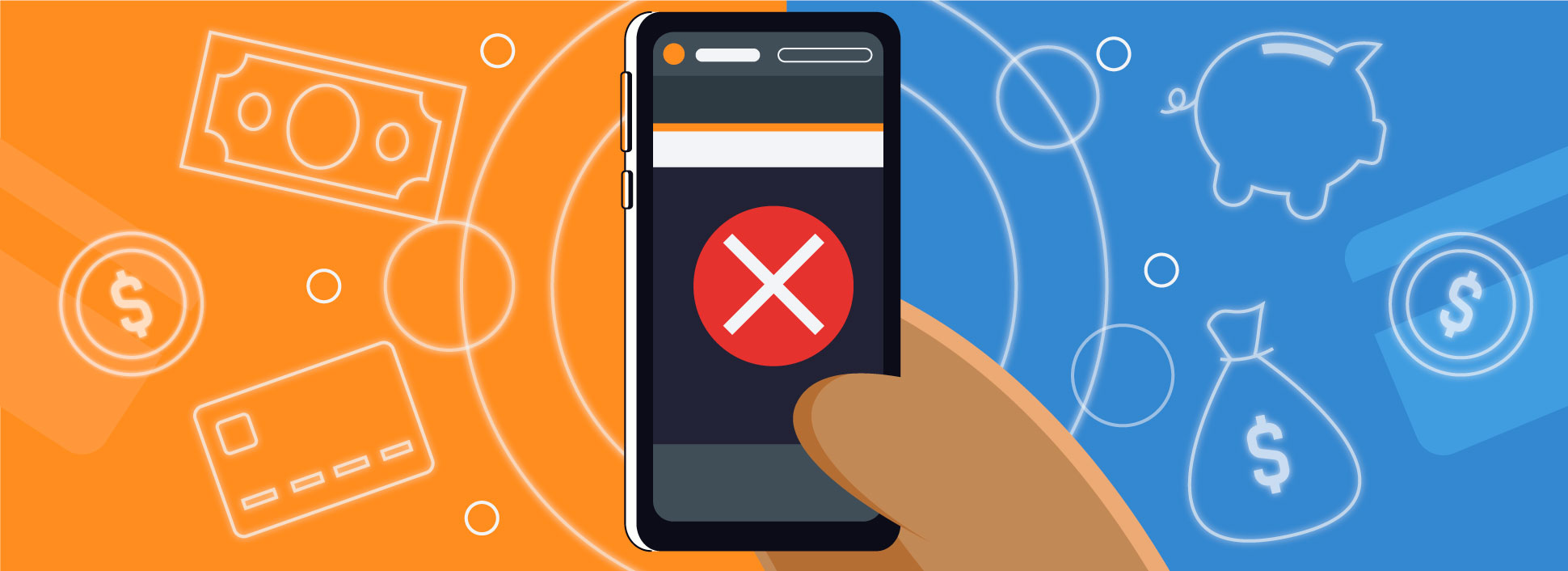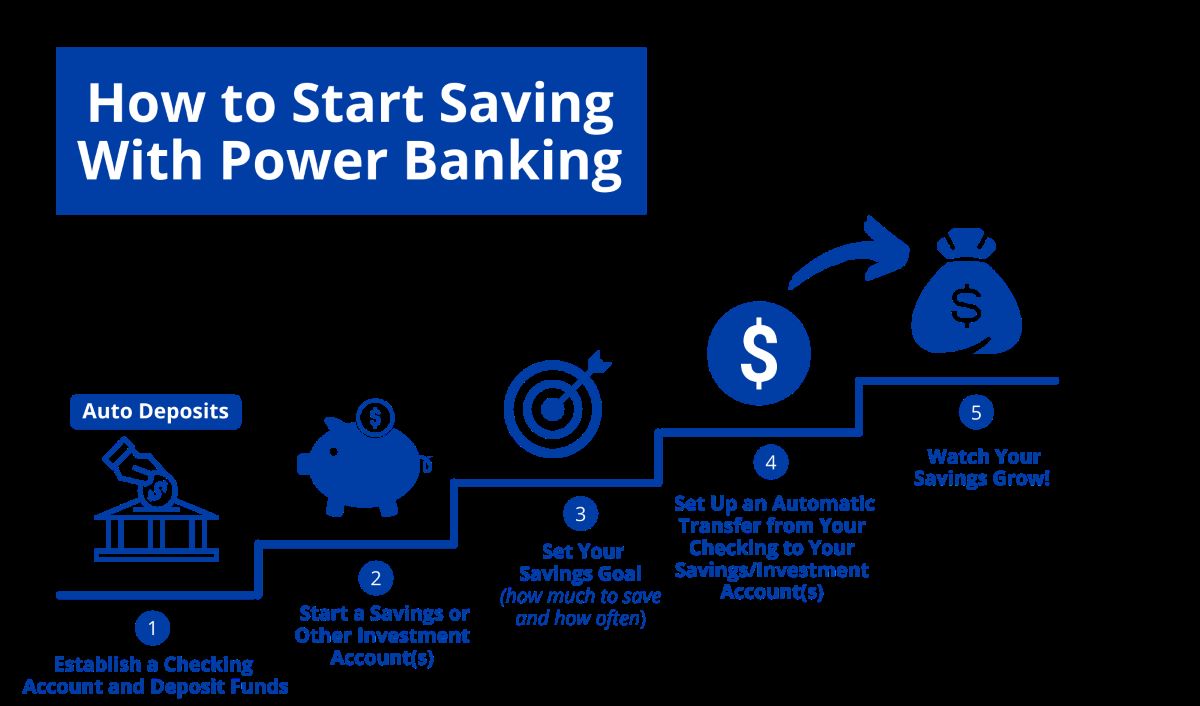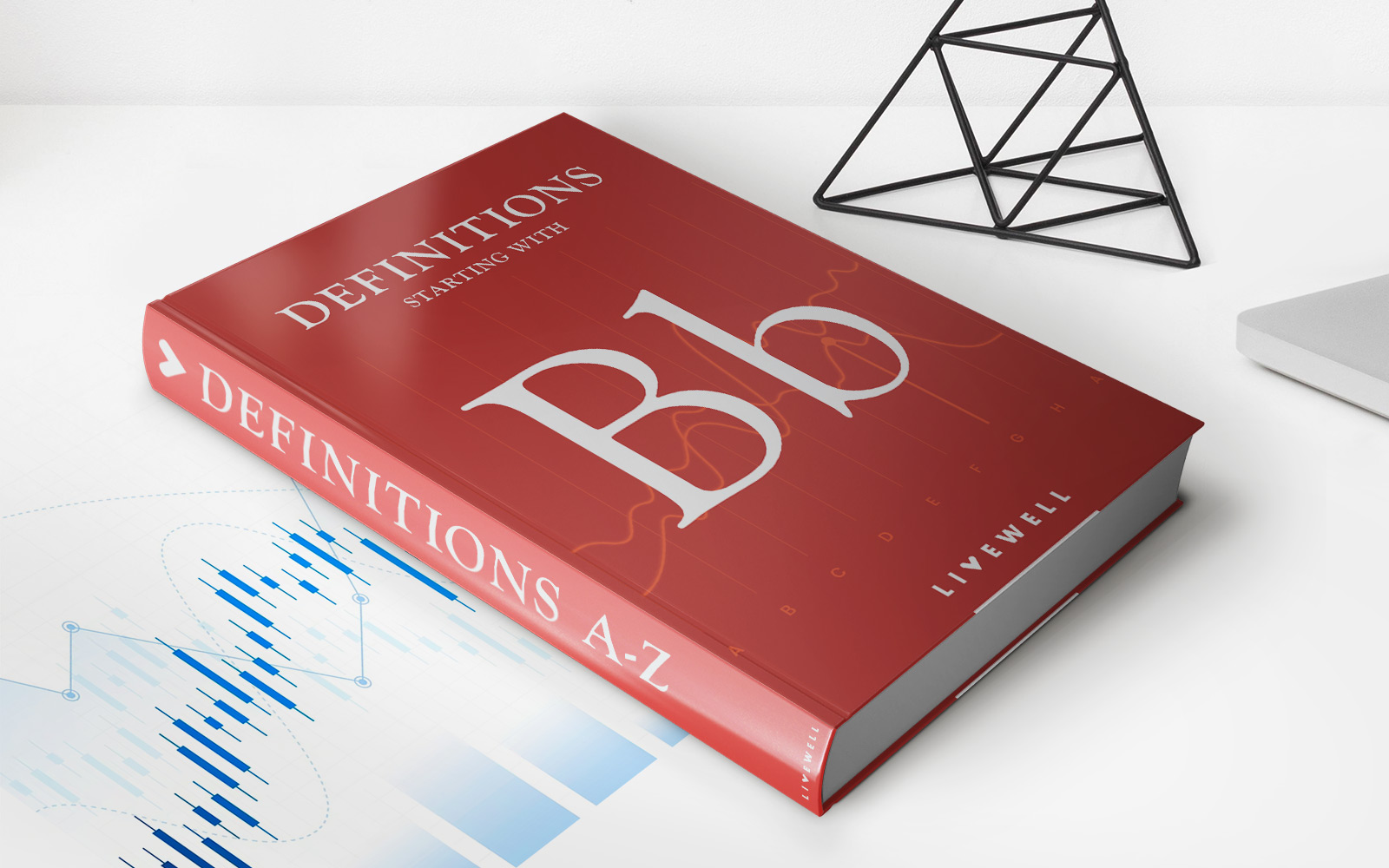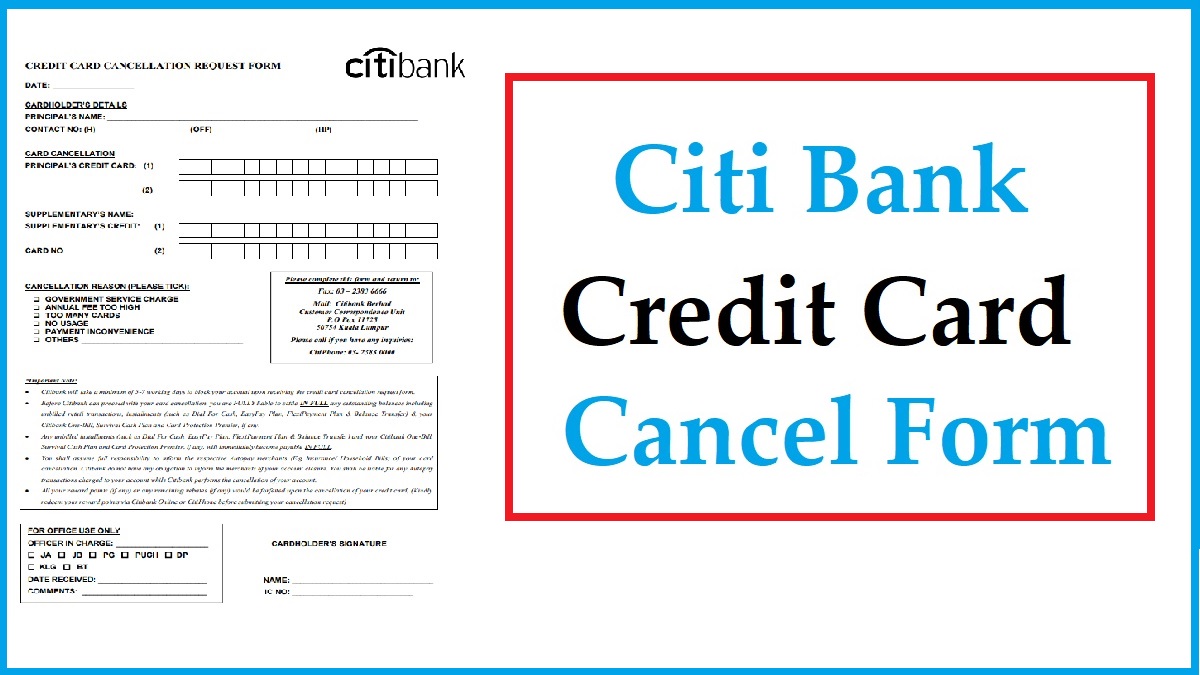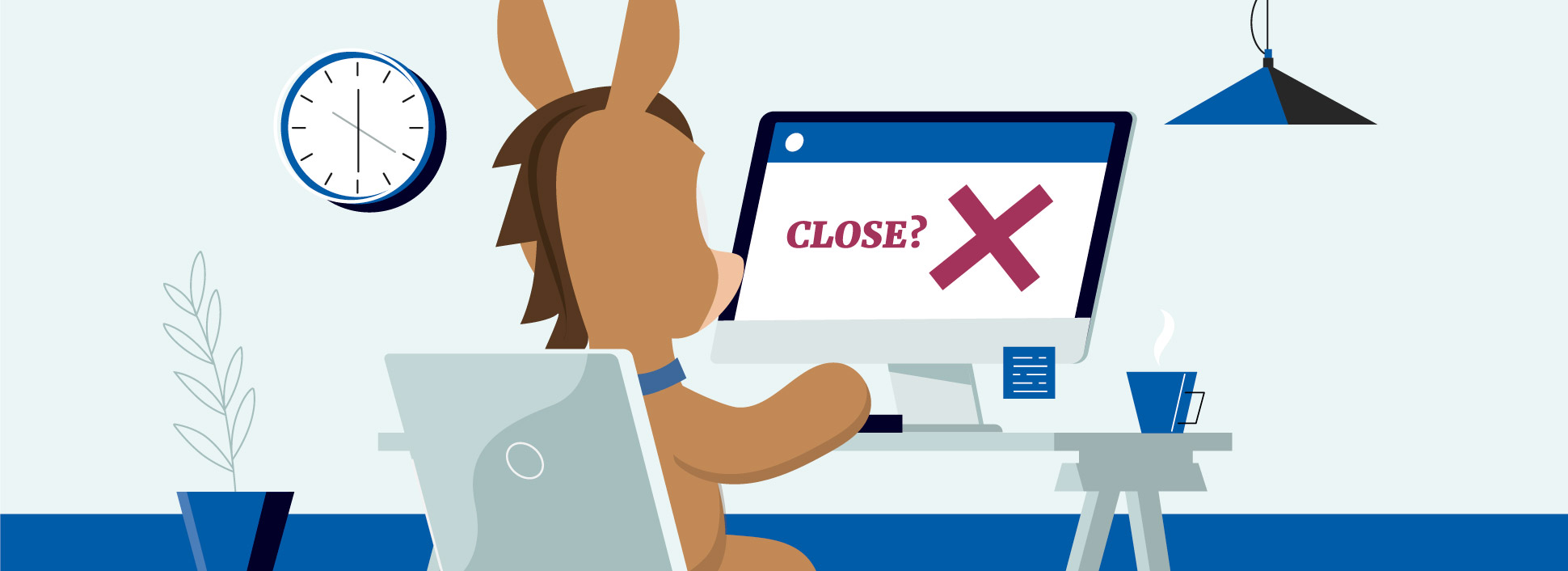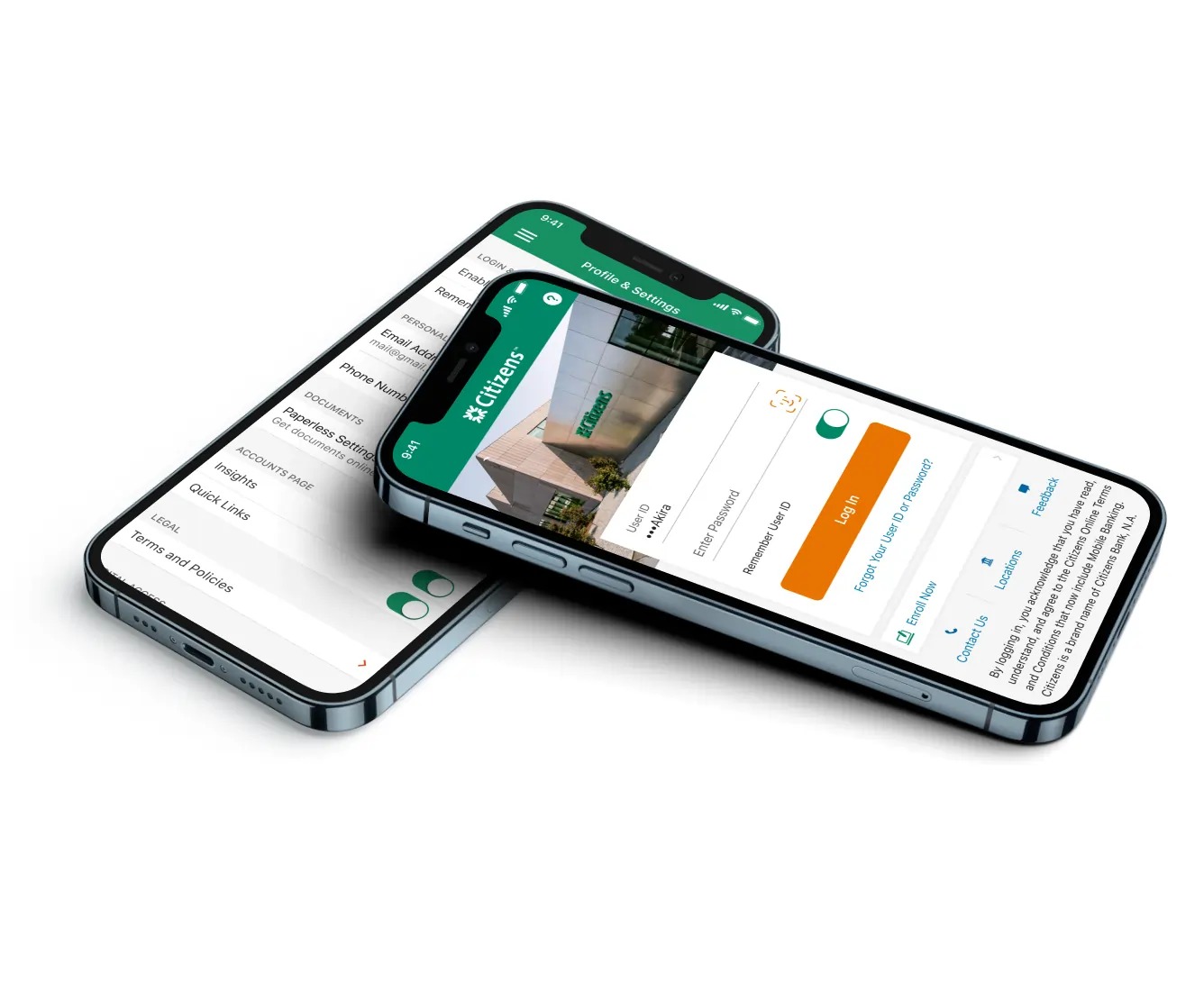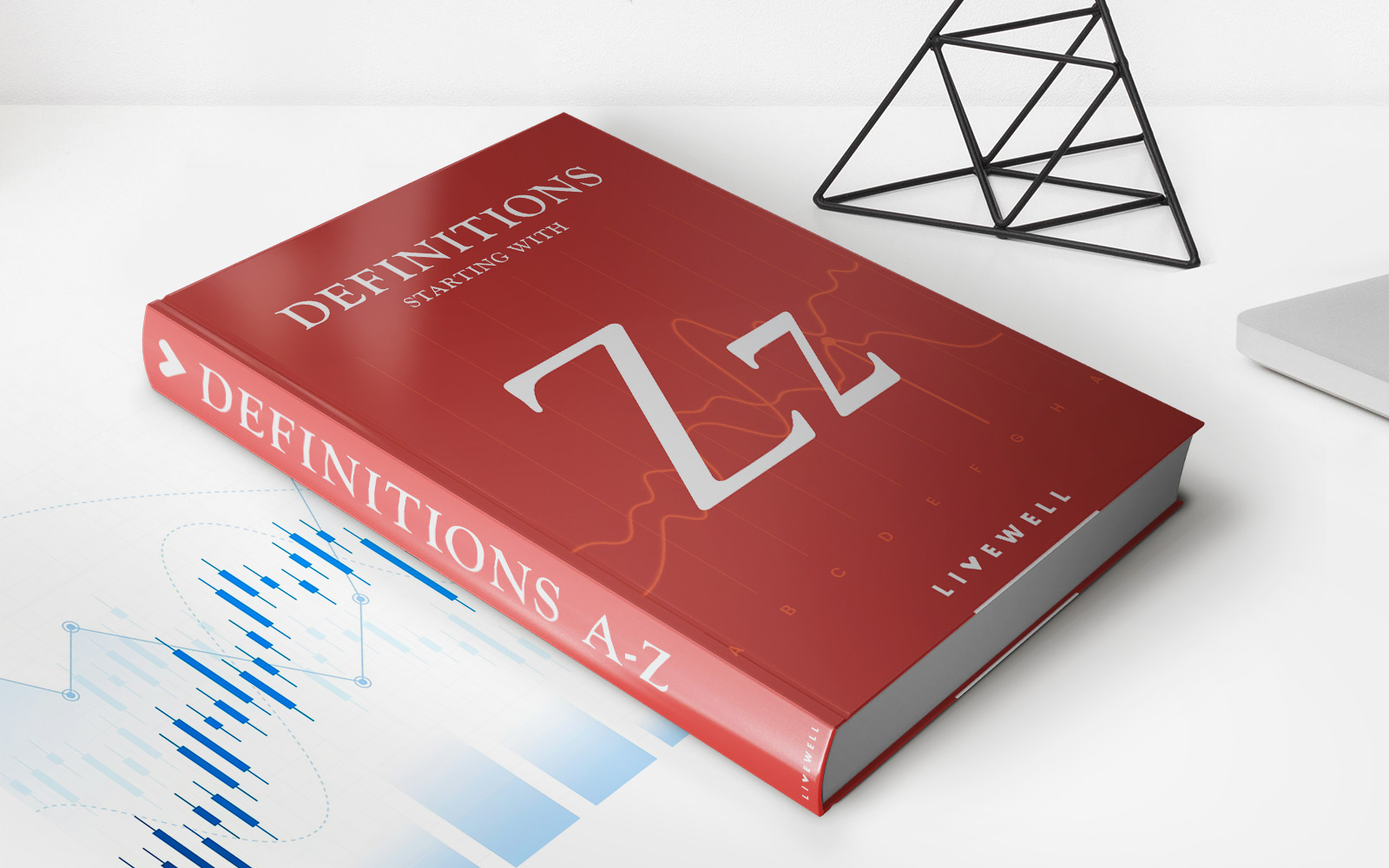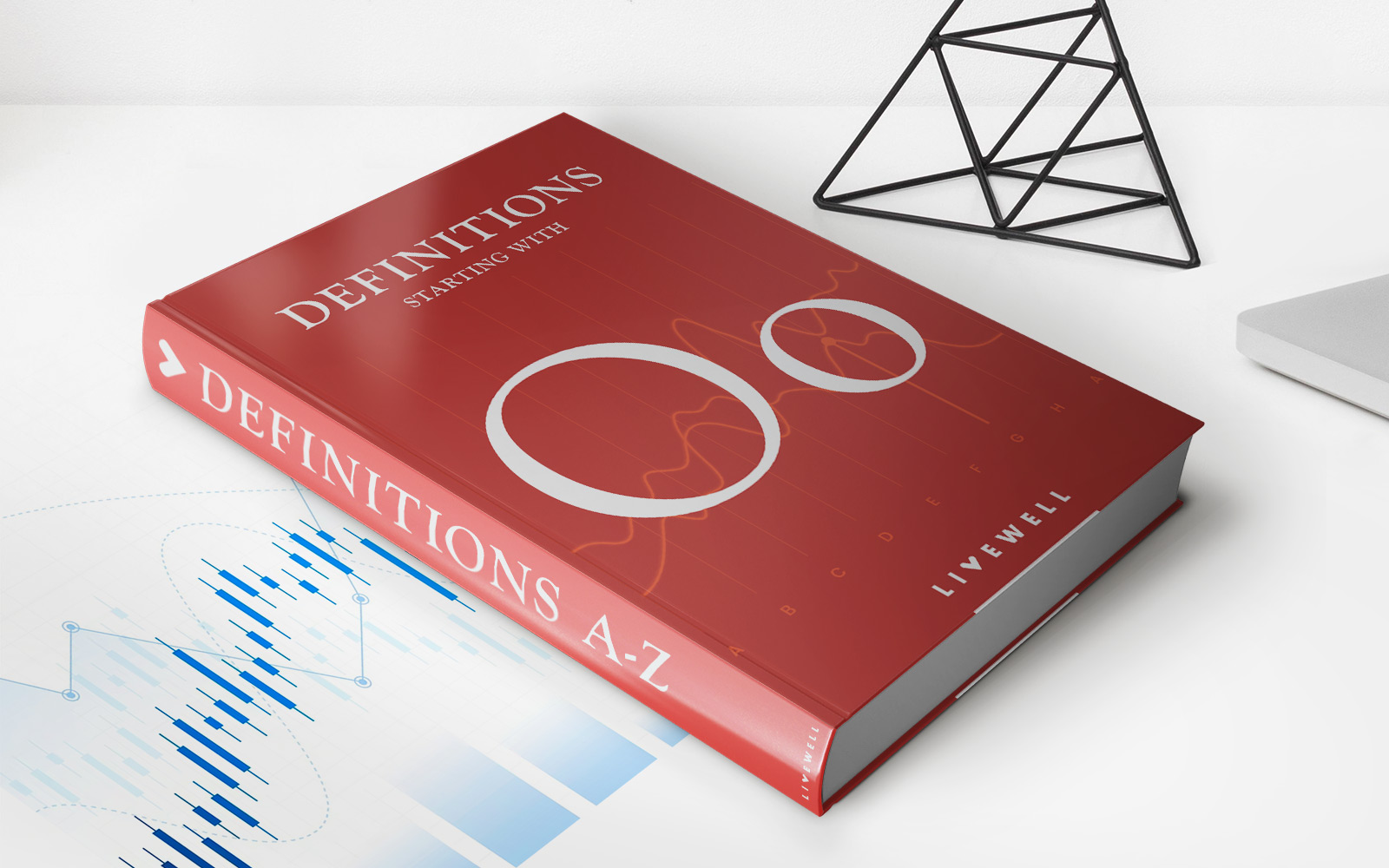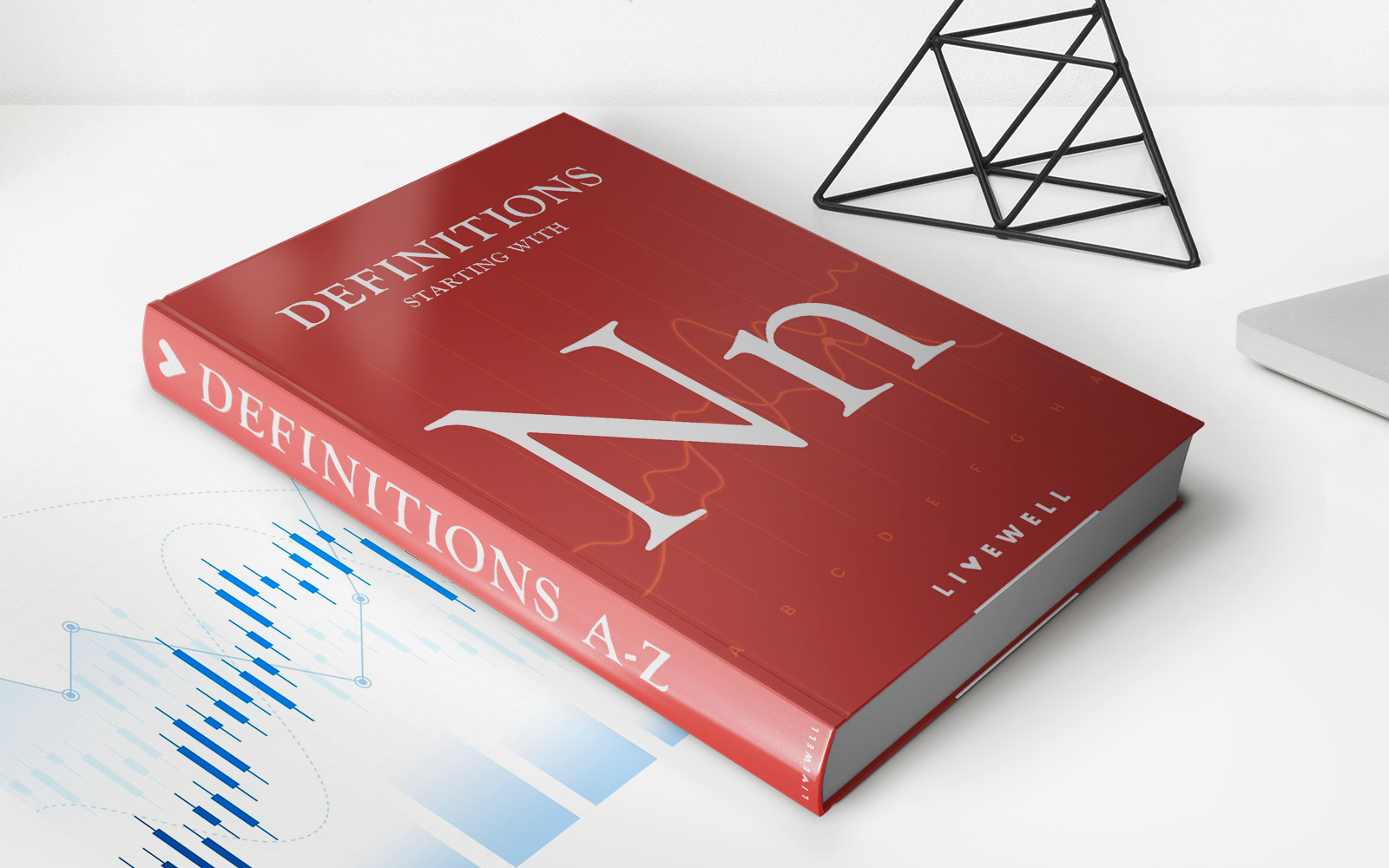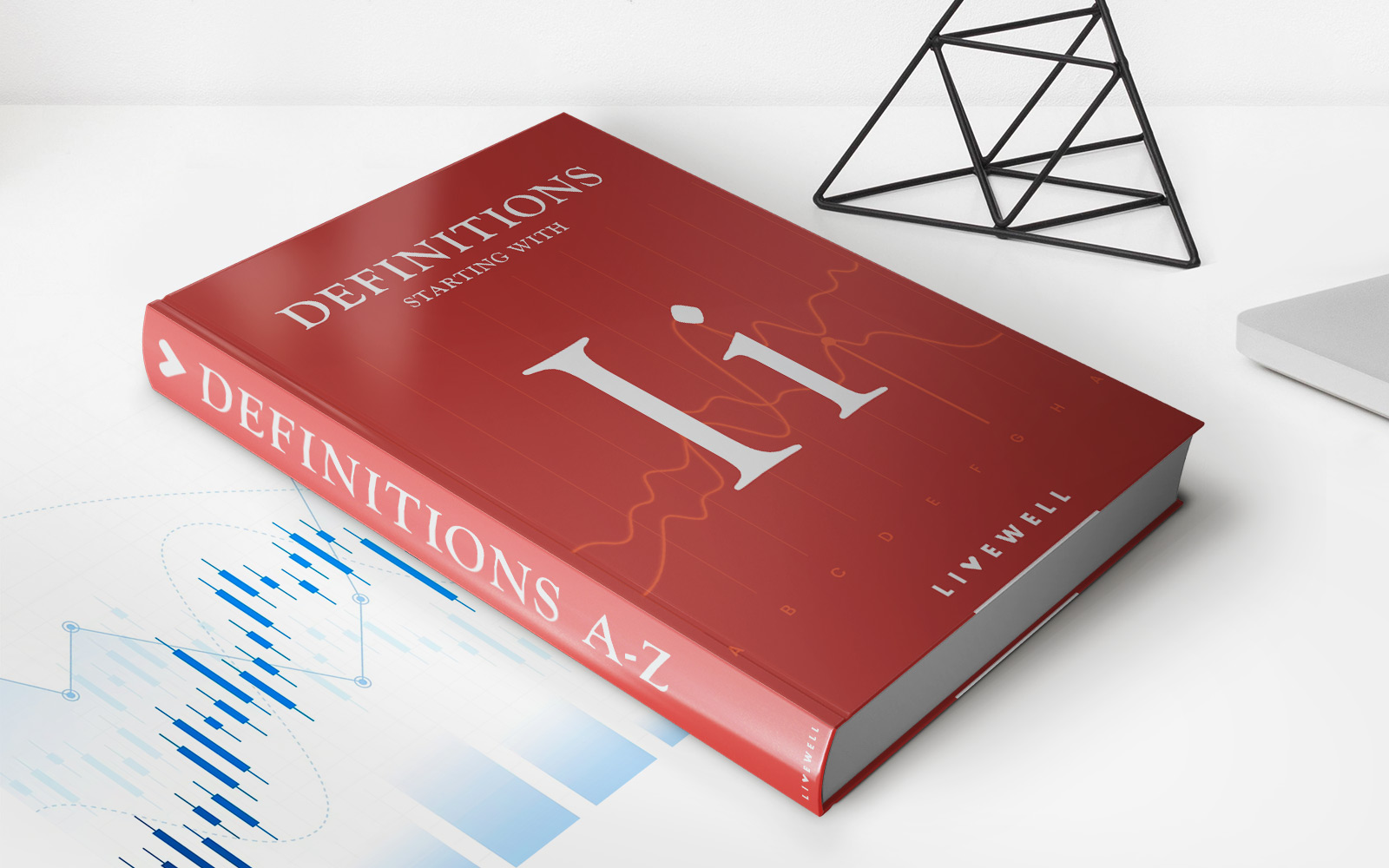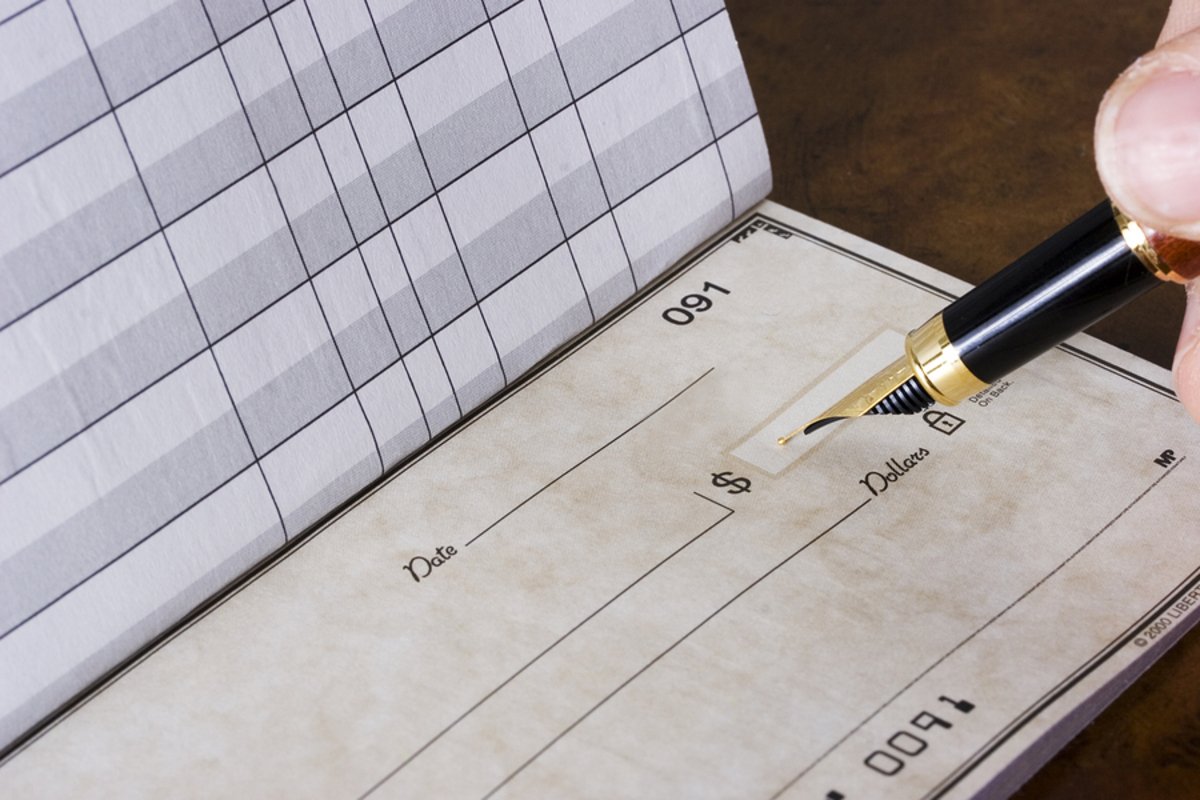

Finance
How To Choose A Checking Account
Published: October 28, 2023
Looking to optimize your finances? Learn how to choose the best checking account for your needs and take control of your financial future.
(Many of the links in this article redirect to a specific reviewed product. Your purchase of these products through affiliate links helps to generate commission for LiveWell, at no extra cost. Learn more)
Table of Contents
Introduction
Choosing the right checking account is a crucial decision that can greatly impact your financial management. With so many options available, it’s essential to understand the key factors involved in making a wise choice. From assessing your banking needs to comparing fees and account features, this article will guide you through the process of selecting a checking account that suits your individual requirements.
When considering a checking account, it’s important to remember that it serves as the foundation of your day-to-day financial transactions. Whether it’s depositing funds, paying bills, or withdrawing cash, your checking account is the hub from which your financial activities flow. Therefore, it’s imperative to choose an account that aligns with your specific needs and preferences.
In this article, we will explore the essential factors to consider when choosing a checking account, starting with assessing your banking needs. By evaluating your financial habits and requirements, you can identify the features that are most important to you in a checking account.
Once you have a clear understanding of your needs, it’s equally important to become familiar with the fees and charges associated with different checking accounts. This knowledge allows you to make an informed decision and avoid any unexpected costs.
Account features are another significant aspect to evaluate. Whether it’s online banking capabilities, mobile apps, or ATM access, the features offered by financial institutions can greatly impact your banking experience. We will discuss the various features to look for and how they align with your personal preferences.
Comparing different financial institutions is also crucial. In a highly competitive banking landscape, it’s wise to explore multiple options to find a checking account that offers the best terms, rates, and customer service.
Finally, we will guide you through the process of opening a checking account, highlighting the necessary documentation and steps involved.
By the end of this article, you will be equipped with the knowledge and guidance needed to make an informed decision when choosing a checking account. Let’s dive in and discover the key factors to consider on your journey to finding the perfect checking account for you.
Key Factors to Consider When Choosing a Checking Account
Choosing the right checking account requires careful consideration of several key factors. By evaluating these factors, you can select an account that suits your needs and provides you with convenience, flexibility, and financial security. Let’s explore the essential factors to consider when choosing a checking account:
- Banking Needs: Assess your financial habits and requirements. Consider how frequently you write checks, use ATMs, or make online transactions. Determine if you prefer in-person banking at a branch or if you are comfortable with digital and mobile banking options. Understanding your banking needs will help you identify the account features that are most important to you.
- Fees and Charges: Familiarize yourself with the fees associated with the checking account. These fees might include monthly maintenance fees, overdraft fees, ATM fees, or fees for paper statements. Make sure to compare the fee structures of different financial institutions to ensure you choose an account with reasonable charges that align with your financial habits.
- Account Features: Consider the features offered by the checking account. Most financial institutions provide online and mobile banking services, bill payment options, and access to a network of ATMs. Some accounts may offer additional features such as rewards programs, free checks, or budgeting tools. Assess which features are a priority for you and ensure the account you choose provides them.
- Financial Institution: Compare different financial institutions to find the one that offers the best terms, rates, and customer service. Research the reputation and stability of the bank or credit union. Look for an institution that has a strong history, favorable customer reviews, and convenient branch and ATM locations. Consider their technology offerings and customer support options.
- Minimum Balance Requirements: Some checking accounts have minimum balance requirements to avoid monthly maintenance fees. Evaluate if you can comfortably maintain the minimum balance without incurring additional charges. Choose an account that aligns with your financial situation and allows you to meet the minimum balance requirement or offers alternatives if you cannot.
By considering these key factors, you can narrow down your choices and find a checking account that meets your specific needs. Remember, it’s essential to strike a balance between the account features, fees, and convenience to ensure a seamless and satisfactory banking experience. Take the time to research and compare options, as finding the right checking account can have a significant impact on your financial management and peace of mind.
Assessing Your Banking Needs
When choosing a checking account, it’s crucial to assess your banking needs to ensure you select an account that aligns with your financial habits and preferences. By understanding your needs, you can prioritize the features and services that are essential to you. Here are some factors to consider when assessing your banking needs:
Transaction Frequency: Take into account how often you engage in banking transactions. If you frequently write checks or make cash withdrawals, you may want an account that offers a large number of free transactions or a wide network of ATMs for easy access to cash.
Online and Mobile Banking: Evaluate if you prefer the convenience of managing your finances online or through a mobile banking app. Look for accounts with robust online banking platforms that offer features like bill payment, account balance tracking, and real-time transaction monitoring. A user-friendly mobile app can enhance your banking experience by providing the flexibility to manage your finances on the go.
In-Person Service: Consider if you prefer the option of in-person service at a physical branch. If face-to-face interactions with bank representatives are important to you, choose a financial institution with conveniently located branches and extended banking hours.
Overdraft Protection: Evaluate if you require overdraft protection for your checking account. Overdraft protection can prevent your account from being overdrawn and incurring fees when you have insufficient funds. Some financial institutions offer programs that link your checking account to a savings account or a line of credit for automatic transfers to cover overdrafts.
Additional Services: Consider any additional banking services that may be important to you. These can include options like direct deposit, automatic bill payment, and the ability to set up multiple checking accounts or sub-accounts for specific financial goals.
Security Measures: Look for checking accounts that prioritize security measures such as two-factor authentication, fraud protection, and instant notifications for suspicious activity. Your financial security is paramount, so choosing an account that provides robust security features can offer peace of mind.
By carefully assessing your banking needs, you can narrow down the search for the perfect checking account. Understanding your preferences in terms of transaction frequency, online and mobile banking capabilities, in-person service, overdraft protection, additional services, and security measures will help you prioritize the features that matter most to you. Take the time to evaluate these factors and choose an account that provides the convenience, flexibility, and security you require for your day-to-day financial management.
Understanding Fees and Charges
One crucial aspect to consider when choosing a checking account is understanding the fees and charges associated with it. While some financial institutions offer free checking accounts, many accounts entail various fees that could impact your overall banking experience. By familiarizing yourself with these fees, you can make an informed decision and avoid any unexpected costs. Here are some common fees and charges you should be aware of:
Monthly Maintenance Fees: Some checking accounts require a monthly maintenance fee to keep the account active. These fees can vary significantly depending on the financial institution and the type of account you choose. Make sure to check the account terms and fee schedule to understand if there are any monthly fees and if they can be waived under certain conditions, such as maintaining a minimum balance or setting up direct deposit.
Overdraft Fees: Overdraft fees occur when you spend more money than you have available in your account. If you make a purchase or write a check that exceeds your account balance, the bank may cover the amount for you, but you will be charged an overdraft fee. It’s important to understand the overdraft policies and fees of the checking account to avoid unnecessary charges. Some accounts offer overdraft protection programs that can help minimize or eliminate these fees.
ATM Fees: Check if your financial institution charges fees for using ATMs. While most banks provide free access to their own ATMs, using ATMs from other banks or outside the network may incur fees. Consider the availability of ATMs in your area and whether your bank reimburses or provides a certain number of free ATM transactions each month.
Transaction Fees: Some checking accounts have limitations on the number of free transactions you can make each month. Transactions can include writing checks, making debit card purchases, and electronic transfers. If you exceed the allowed number of free transactions, you may be charged a fee for each additional transaction. Assess your transaction frequency and choose an account that offers a sufficient number of free transactions or has reasonable fees for exceeding the limit.
Minimum Balance Fees: Certain checking accounts require you to maintain a minimum balance to avoid monthly fees. If your balance falls below this threshold, the financial institution may charge a fee. Evaluate whether you can comfortably maintain the minimum balance required and ensure it aligns with your financial situation. Alternatively, consider accounts that waive the minimum balance requirement or offer alternative options to avoid fees.
Other Fees: Beyond the common fees mentioned above, there can be additional charges for services such as paper statements, cashier’s checks, stop payment requests, or account research. Read the account terms and fee schedule carefully to identify any other potential fees that may apply to your account.
Understanding the fees and charges associated with a checking account is essential in managing your finances effectively and avoiding unnecessary expenses. Take the time to review the fee structure of prospective accounts to ensure they align with your financial habits and needs. By choosing an account with reasonable fees and charges, you can maximize your banking experience and minimize any potential financial burdens.
Evaluating Account Features
When choosing a checking account, it’s important to consider the features offered by each account to ensure they align with your banking needs and preferences. Account features can enhance your banking experience and provide convenience, security, and flexibility. Here are some key features to evaluate when selecting a checking account:
Online and Mobile Banking: Check if the financial institution offers robust online banking and mobile app capabilities. Online banking allows you to access your account information, view transaction history, pay bills, and transfer funds from the comfort of your home or office. A user-friendly mobile app enables you to perform banking tasks on the go, such as depositing checks using your smartphone’s camera or receiving real-time notifications of account activity.
ATM Access: Consider the ATM network associated with the checking account. Look for an account that provides convenient access to ATMs in your area. Some financial institutions have partnerships with ATM networks that allow account holders to withdraw cash without incurring additional fees. Access to a broad ATM network can save you money and provide flexibility when you need cash.
Debit Card and Rewards: Find out if the checking account offers a debit card that allows you to make purchases and access funds conveniently. Additionally, some accounts offer rewards programs that provide benefits such as cashback on certain purchases or points that can be redeemed for merchandise, travel, or gift cards. Evaluate if these features align with your spending habits and financial goals.
Bill Payment Options: Check if the checking account offers bill payment services. Look for features that allow you to set up recurring payments for bills, schedule payments in advance, or make payments electronically. This can save you time and make it easier to manage your finances efficiently.
Check Writing: Evaluate if the account provides free or discounted checks. While check usage has declined with the rise of electronic payments, having the option to write checks can still be important for certain transactions. If you anticipate needing checks, consider an account that offers this feature at a reasonable cost.
Additional Account Services: Consider any additional services that may be important to you, such as direct deposit, automatic transfers to savings accounts, or the ability to link multiple accounts together. These features can streamline your financial management and provide greater control over your funds.
Security Measures: Assess the security measures offered by the checking account. Look for features like two-factor authentication, encryption technology, and push notifications for suspicious activity. A secure account can protect your funds and personal information from potential threats.
Evaluating the account features is essential to finding a checking account that caters to your specific needs and preferences. Prioritize the features that are most important to you and select an account that provides the convenience, flexibility, and security you require for efficient and seamless banking.
Comparing Financial Institutions
When choosing a checking account, it’s important to compare different financial institutions to find the one that offers the best terms, rates, and customer service. Each institution may have its own advantages and drawbacks, so it’s essential to do your research and consider the following factors while comparing:
Reputation and Stability: Look for financial institutions with a good reputation in the industry. Research their history, stability, and customer reviews. A well-established institution with a solid track record can provide confidence in their ability to meet your banking needs effectively.
Branch and ATM Locations: Consider the convenience of branch and ATM locations. Look for institutions with branches and ATMs conveniently located near your home, workplace, or other frequently visited areas. Having accessible physical locations can be beneficial for in-person assistance or cash withdrawals.
Technology Offerings: Assess the technology offerings of each institution. Look for features such as user-friendly online and mobile banking platforms, mobile check deposit, and real-time transaction notifications. Advanced technology can enhance your banking experience and provide greater control over your finances.
Customer Support: Evaluate the customer support provided by each financial institution. Consider factors like availability, responsiveness, and the quality of assistance provided. Choose an institution that offers excellent customer support, such as 24/7 helplines, online chat, or dedicated customer service representatives.
Account Types and Features: Compare the checking account options and features offered by different institutions. Consider factors such as minimum balance requirements, monthly fees, overdraft protection programs, transaction limits, and additional services. Assess which accounts align with your financial needs, preferences, and long-term goals.
Interest Rates and Fees: Compare the interest rates and fee structures of checking accounts offered by different financial institutions. Look for competitive interest rates that allow your funds to grow over time. Additionally, assess the fees associated with the accounts, such as monthly maintenance fees, transaction fees, and ATM fees. Choose an institution that provides favorable rates and fair fee structures.
Special Offers and Promotions: Check if any financial institutions are offering special promotions or incentives for opening a checking account. These can include cash bonuses, rewards programs, or fee waivers. Take advantage of these offers if they align with your banking needs and provide added value.
By comparing financial institutions across these factors, you can make an informed decision when selecting a checking account. Consider your priorities, preferences, and long-term financial goals while evaluating which institution offers the best combination of convenience, customer service, account features, and fees. Remember, it’s essential to choose an institution that not only meets your immediate needs but also provides a foundation for a positive and rewarding long-term banking relationship.
Opening a Checking Account
Once you have compared different checking accounts and found the one that meets your needs, it’s time to open the account. Opening a checking account is a relatively straightforward process, but it’s important to gather the necessary documentation and follow the steps outlined by the financial institution. Here’s a general guide on how to open a checking account:
Research and Choose: Confirm your choice of the financial institution and the specific checking account that best suits your needs. Take note of any special requirements or eligibility criteria.
Gather Required Documents: Typically, you will need to provide the following documents:
- Proof of Identification: This can be a valid passport, driver’s license, or government-issued identification card.
- Proof of Address: A utility bill, bank statement, or lease agreement that displays your current address.
- Social Security Number (SSN) or Individual Taxpayer Identification Number (ITIN): This is required for identity verification and reporting purposes.
- Employment and Income Information: Some financial institutions may require proof of employment or income, such as pay stubs or tax returns.
Visit a Branch or Apply Online: Depending on the financial institution, you can choose to open the account in person at a branch or apply online. If opening in person, schedule an appointment or visit during banking hours.
Complete Application: Provide the requested information on the account opening application. This may include personal details, contact information, and financial information.
Deposit Initial Funds: Most checking accounts require an initial deposit to fund the account. The minimum deposit amount varies depending on the financial institution and the specific account. You can typically deposit funds via cash, check, or a transfer from another account.
Review Terms and Conditions: Carefully review the terms and conditions provided by the financial institution. This includes information on fees, account features, access to funds, and any additional requirements.
Sign Agreement: Sign the necessary agreements, which may include a bank account agreement, electronic banking agreement, and any other account-specific documents.
Receive Account Details: Once the account is successfully opened, you will be provided with account details, including the account number, routing number, and any additional information relevant to account management.
Activate Your Account: Follow the institution’s instructions to activate your account, set up online or mobile banking, and receive your debit card if applicable.
Opening a checking account is an important step in managing your finances effectively. By ensuring you have the required documents and following the financial institution’s process, you can successfully open a checking account and gain access to the features and benefits it offers. Remember to keep your account details and login information secure and to regularly review your account activity to maintain control over your finances.
Conclusion
Choosing the right checking account is a critical decision that can greatly impact your financial management and overall banking experience. By assessing your banking needs, understanding fees and charges, evaluating account features, comparing financial institutions, and following the steps to open an account, you can make a well-informed choice that aligns with your preferences and goals.
Assessing your banking needs allows you to identify the features that are most important to you in a checking account. Understanding fees and charges helps you avoid any unexpected costs and select an account with reasonable fees. Evaluating account features ensures that you choose an account that provides the convenience, security, and flexibility you require for your day-to-day banking activities. Comparing financial institutions helps you find the one that offers the best terms, rates, and customer service. Finally, opening a checking account involves gathering the necessary documents and following the institution’s process to successfully open your account.
Remember, a checking account is more than just a place to store your money. It serves as the foundation for your financial transactions, allowing you to deposit funds, pay bills, and withdraw cash. Making a wise choice when selecting a checking account can save you money, provide valuable features and services, and contribute to your overall financial well-being.
Take the time to research and compare different options, considering your banking habits, preferences, and long-term goals. With careful consideration and a clear understanding of your needs, you can find the perfect checking account that empowers you to effectively manage your finances with ease and peace of mind.
